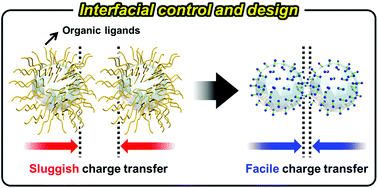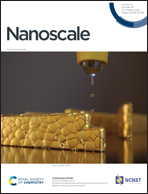Interfacial control and design of conductive nanomaterials for transparent nanocomposite electrodes
Abstract
A few critical issues in preparing transparent conductive electrodes (TCEs) based on solution-processable conductive nanomaterials are their low electrical conductivity and the unfavorable trade-off between electrical conductivity and optical transparency, which are closely related to the organic ligands bound to the nanomaterial surface. In particular, bulky/insulating organic ligands bound to the surface of conductive nanomaterials unavoidably act as high contact resistance sites at the interfaces between neighboring nanomaterials, which adversely affects the charge transfer kinetics of the resultant TCEs. This article reviews the latest research status of various interfacial control approaches for solution-processable TCEs. We describe how these approaches can be effectively applied to conductive nanomaterials and how interface-controlled conductive nanomaterials can be employed to improve the electrical and/or electrochemical performance of various transparent nanocomposite electrodes, including TCEs, energy storage electrodes, and electrochromic electrodes. Last, we provide perspectives on the development direction for next-generation transparent nanocomposite electrodes and breakthroughs for significantly mitigating the complex trade-off between their electrical/electrochemical performance and optical transparency.

- This article is part of the themed collections: 2020 Nanoscale HOT Article Collection and Recent Review Articles


 Please wait while we load your content...
Please wait while we load your content...